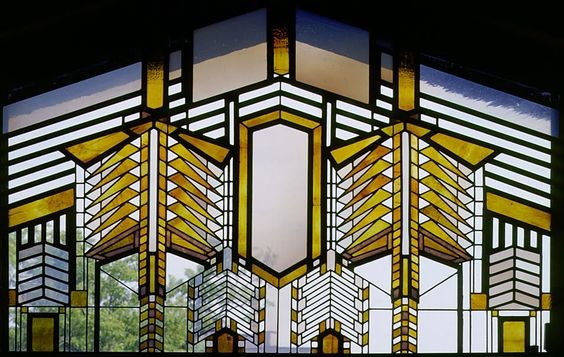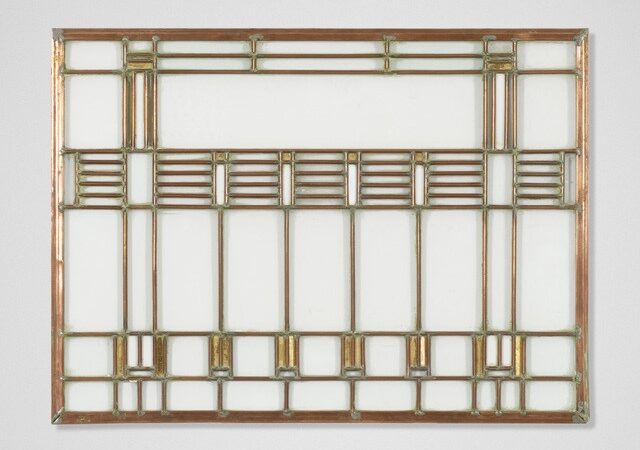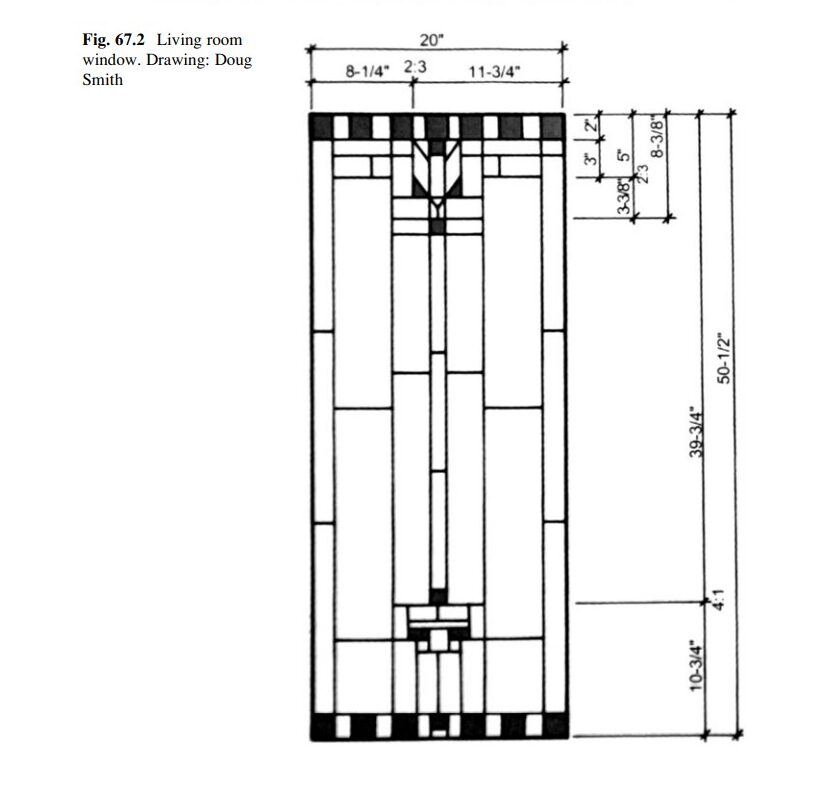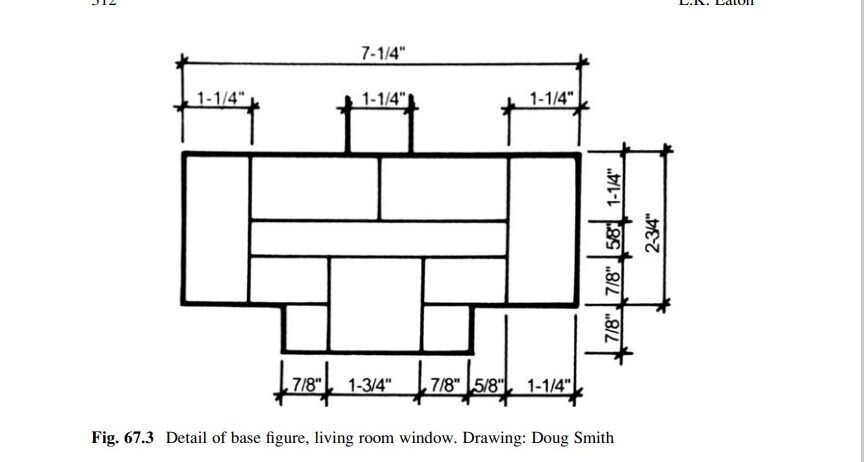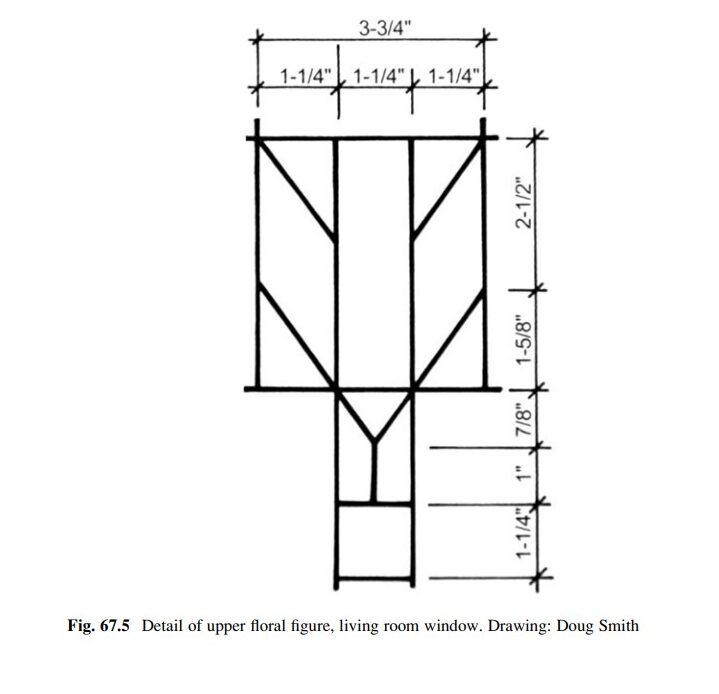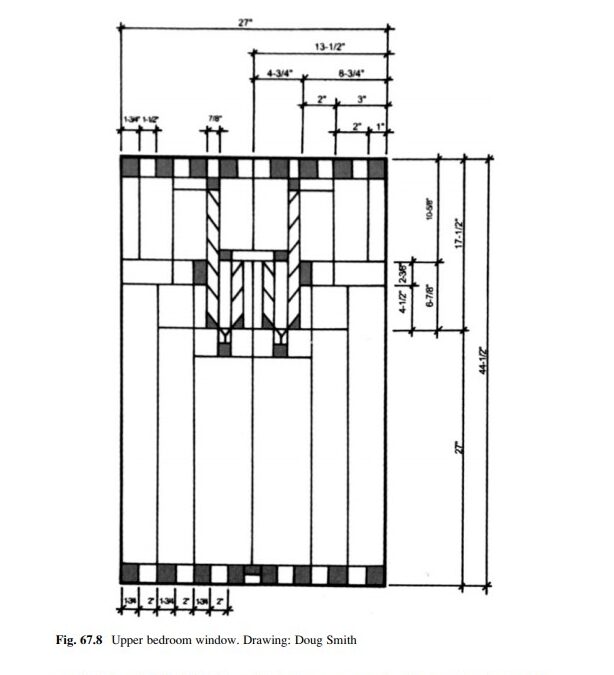‘It’s not poetic or particularly pleasing to hear but we humans are basically pattern recognition devices. Our eyes take in the world but what we really see are intricate patterns of lines and curves and colours and brightness. Our ears hear sound, but we only recognize music and language when we decode the signals into discrete patterns of tone and rhythm. We crave finding patterns in the world around us because it is the only way that we can give meaning to anything, including ourselves. Nature may loathe a vacuum but humans cannot stand a lack of patterns’ (Blatner 1997: 72).
BLATNER, David. 1997. The Joy of Pi. New York: Walker and Co
FRANK LLOYD WRIGHT PATTERNS BASED ON GEOMETRIZATION OF NATURAL ELEMENTS.
Case study: Meyer May House, best preserved glass (see more at Meyer May House website)
-Glass construction process ‘A geometric pattern requires much more precision than a floral window because if the lines do not match, it is very obvious and the window will quickly get out of square. It is likely that the pieces of Wright’s windows were cut with jigs. Similarly the came would be jig cut; zinc was cut with saws and lead with knives, but it was basically a hand process.’ (P 307 ‘Mathematics and Music in the Art Glass Windows of Frank Lloyd Wright’ in Architecture and Mathematics from Antiquity to the Future, 2014-05-07, p.305-323 Keaton, Leonard K)
-Relational measures based on musical scale ratios in Modular construct of windows based on music scale ratios. See drawings below.
-USE FLOOR PLANS AS BASE FOR STAINED GLASS PATTERN
Other examples of F. L. Wright glass work
